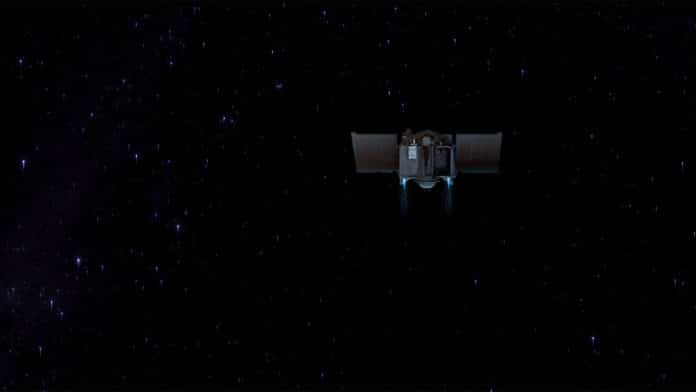The OSIRIS-REx is a NASA asteroid study and sample-return mission. Launched on 8 September 2016, its mission is to study asteroid 101955 Bennu, a carbonaceous asteroid, and return a sample to Earth on 24 September 2023 for detailed analysis. Now, the spacecraft has executed its third Asteroid Approach Maneuver (AAM-3) today.
The OSIRIS-REx rocket is amidst a six-week arrangement of definite methodology moves. AAM-1 and AAM-2, which executed on Oct. 1 and Oct. 15 individually, impeded the spacecraft by an aggregate of around 1,088 mph (486 m/sec).
The trajectory correction maneuver (TCM) thrusters fired in a series of two braking maneuvers designed to slow the spacecraft’s speed relative to Bennu from approximately 11.7 mph (5.2 m/sec) to .24 mph (.11 m/sec). Due to constraints that science instruments not be pointed too closely to the Sun, this maneuver was designed as two separate burns of approximately 5.8 mph (2.6 m/sec) each, to accomplish a net change in velocity of around 11.5 mph (5.13 m/sec).
The mission team will continue to examine telemetry and tracking data over the next week to verify the new trajectory. The maneuver targeted the spacecraft to fly through a corridor designed for the collection of high-resolution images that will be used to build a shape model of Bennu.
Now, the last of the burns, AAM-4, is scheduled for Nov. 12 and will adjust the spacecraft’s trajectory to arrive at a position 12 miles (20 km) from Bennu on Dec. 3.
